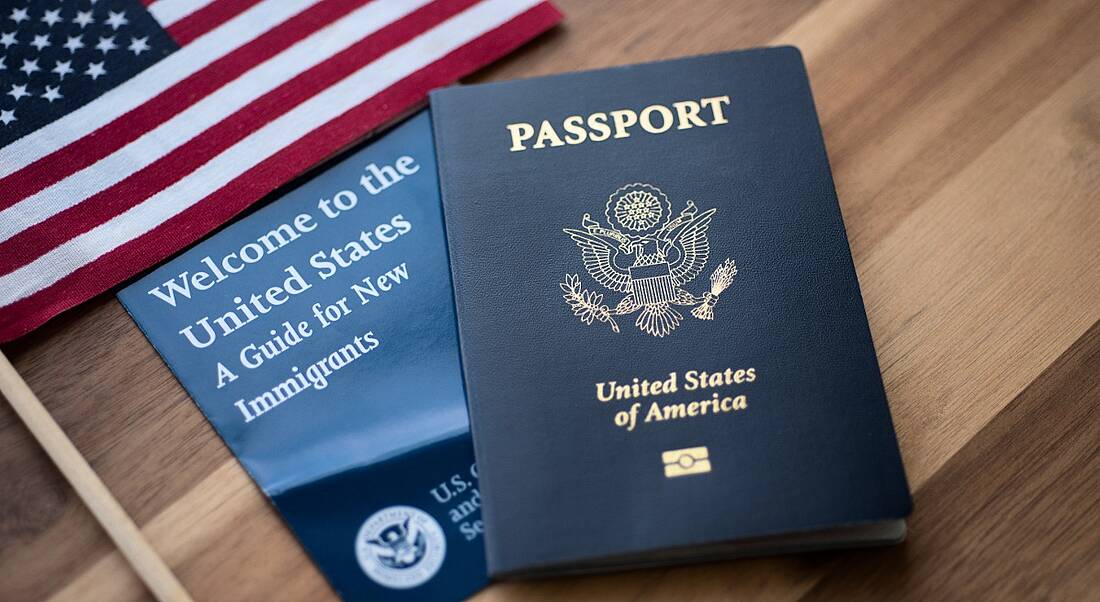According to Intive’s Andrés Vior, nearshoring could help companies affected by the visa ban but could also become a more popular option for workers in the future.
The H-1B is a US visa that allows employers to temporarily hire workers from other countries in speciality occupations, typically those that require a university degree or at least three years of experience. These visas are often used by Big Tech to attract specialist skilled workers from around the world.
Earlier this year, US president Donald Trump brought in a temporary ban on H1-B and other visas due to Covid-19, preventing some overseas workers from entering employment in the country. Though restrictions have eased somewhat since then, the impact will still be felt by many businesses and individuals.
“Many talented people around the world dream of moving to the US, in search of better opportunities and a brighter future,” says Andrés Vior, a software engineer and country manager at digital transformation company Intive. “But this trend is reversing.”
Vior leads the implementation of Intive’s global strategy in Argentina and is also a member of the country’s Software and IT Services Chamber of Commerce. While top US tech firms have raised concerns about the potential implications of the visa ban on their workforces and the wider economy, Vior says that it may have brought new opportunities for professionals through ‘nearshoring’ instead. Nearshoring is a model of transferring business operations or services to another nearby country.
“Its difference to the traditional offshoring model is that the vendor company is based out of a nearby country in terms of flight distance and especially with regard to time zones, making it possible to have similar and overlapping work hours and occasional physical visits,” he adds.
At Intive, Vior says that the team thinks of itself as an external software development department for clients and partners in the US, making use of the company’s business experience along with overlapping time zones, English-speaking skills and fully remote capabilities.
Nearshoring v freelancers
With Covid-19 causing terms to disperse and creating uncertainty for businesses, the freelance market has surged in certain sectors. But could tech companies consider nearshoring instead of hiring freelancers going forward? For companies that are facing immediate recruitment issues on the back of the visa ban, Vior recommends looking for “a strong nearshore partner”.
“This option, as opposed to simply finding freelancers, is based on the know-how, experience and scale of the support you can get from an IT partnership with a nearshore company,” he explains. In his own experience, there are number of traits that businesses would need to look out for in a partner.
Firstly, a good nearshore partner will foster global diversity. “You’ll have developers in different locations giving on-the-ground insights about potential markets and offering a diverse perspective on product development.”
They should also have experience in the industrial sectors your business is interested in, Vior adds, because it can potentially “contribute to enhancing your offering to specific business verticals with experience on previous similar projects”.
“Nearshore developers that have experience in a particular area of business aren’t building systems or products from scratch,” he says. “They can start with version 2.0 and accelerate time to market.”
Experience with agile work is another must, because “an agile approach to process is much needed in nearshore and remote work teams”. Finally, nearshore partners should have “enough structure to stand by your needs, not only in terms of technology and experience, but also, for instance, on compliance, information security and enough financial support to be there in the long run or if things go south”.
Andrés Vior. Image: Intive
The future of the US tech sector
When the H1-B ban was introduced in June, Sundar Pichai, CEO of Google and Alphabet, argued that immigration is critical to success in the US; while Amazon, which received more H-1B visas than any other company in 2019, called the decision “short-sighted”.
But Vior says that the ban could accelerate a new era of work, “where a new globalised management model will embrace nearshoring of talent”.
“One particular asymmetry we are seeing is that [tech businesses] have been the least impacted by the Covid-19 crisis and, at the same time, the highest impacted by the ban. Many of our customers and a range of other companies, from large and small to start-ups, rely heavily on international talent to innovate and bring technological prowess into their IP and products. This talent is at a shortage and cannot be found locally.
“Companies that want to keep developing new products and services in the face of a relentless global competition for user attention need to enrich and grow their teams.” If they are hindered from doing so by the visa ban, then nearshoring could be an alternative option.
But what about the workers being impacted by the ban? “In relation to the professionals themselves, we know that these new barriers to migration to the US are being immediately perceived as frustrating and unfair,” Vior says. “It’s impossible to deny that if you had the plan to move to the US to experience the culture and the country itself, this ban comes as a decisive blow.
“In spite of this, we are confident that when it comes to professional growth opportunities, nothing is completely lost. Having the possibility to work for US projects or companies from other parts of the world is a huge challenge that will bring a lot of new insights and skills development into the mix, without losing the benefits [the professional might] have at home.”






